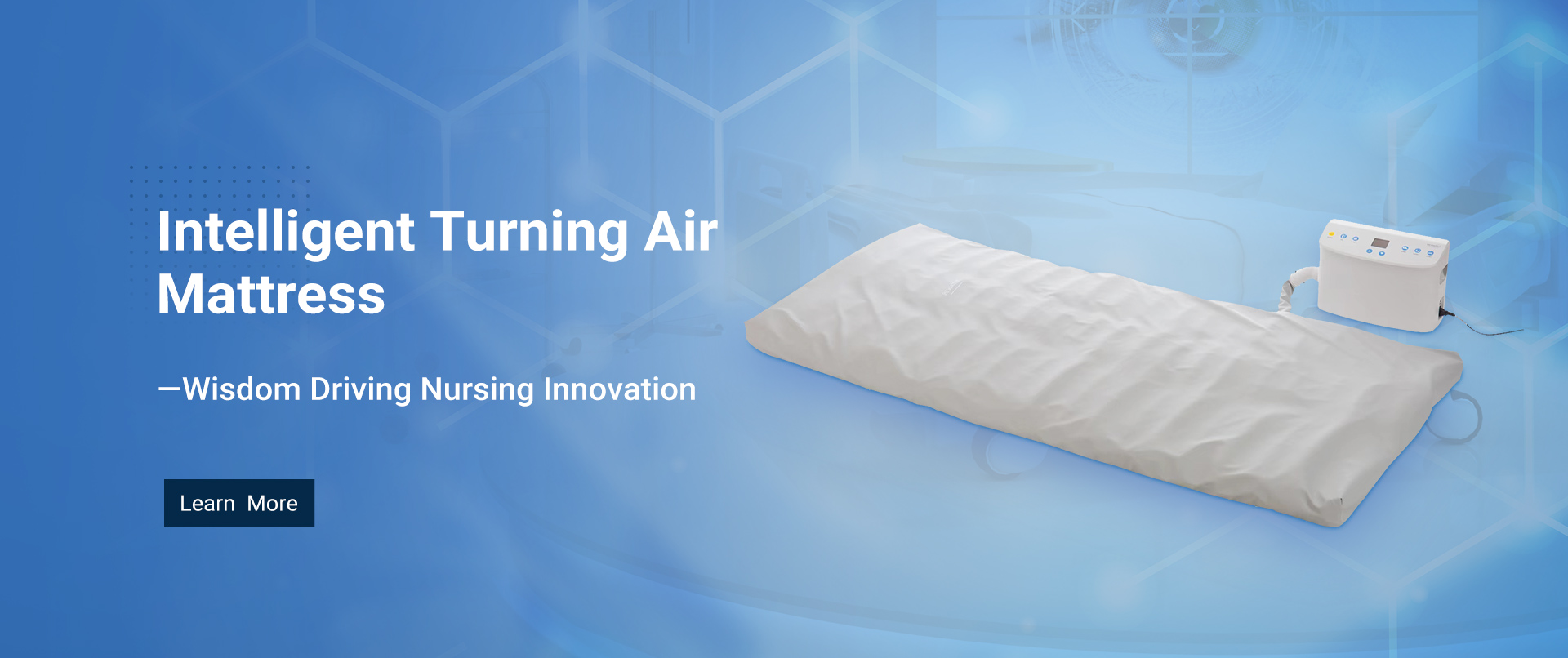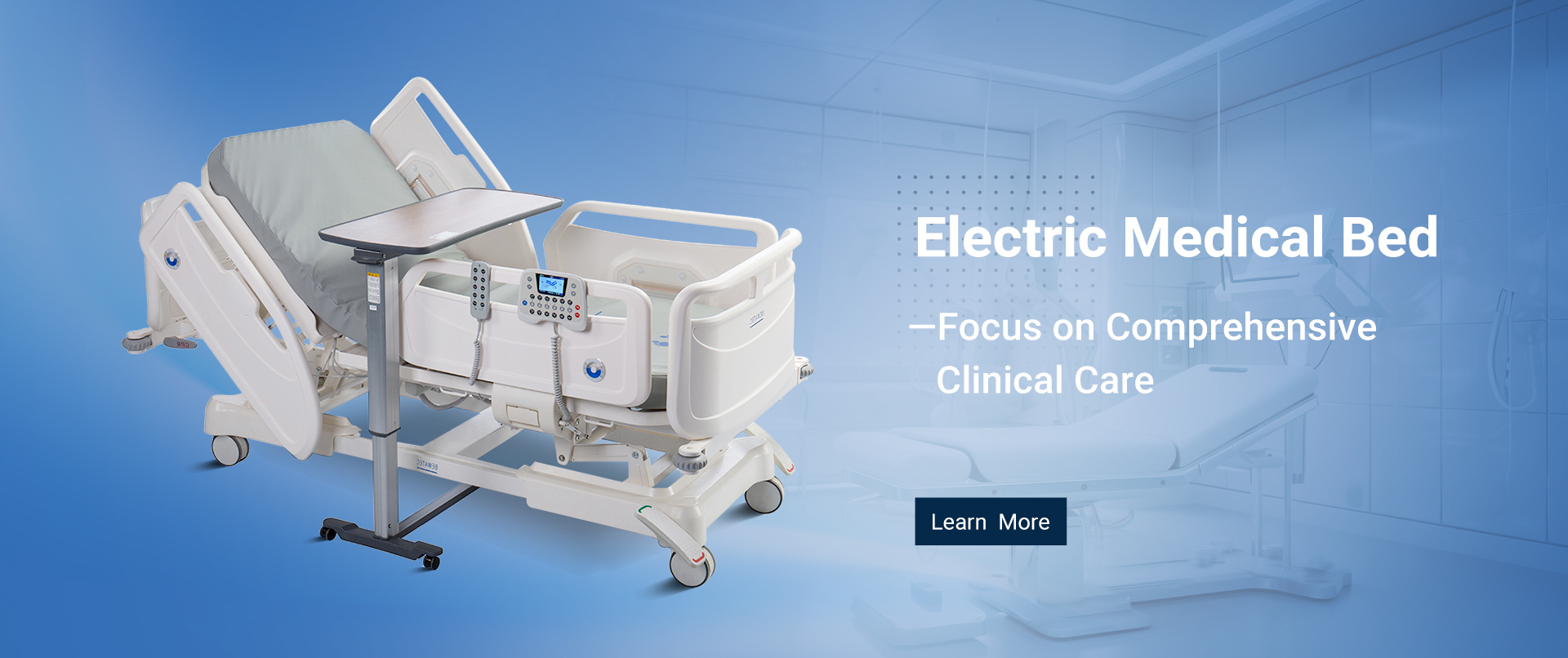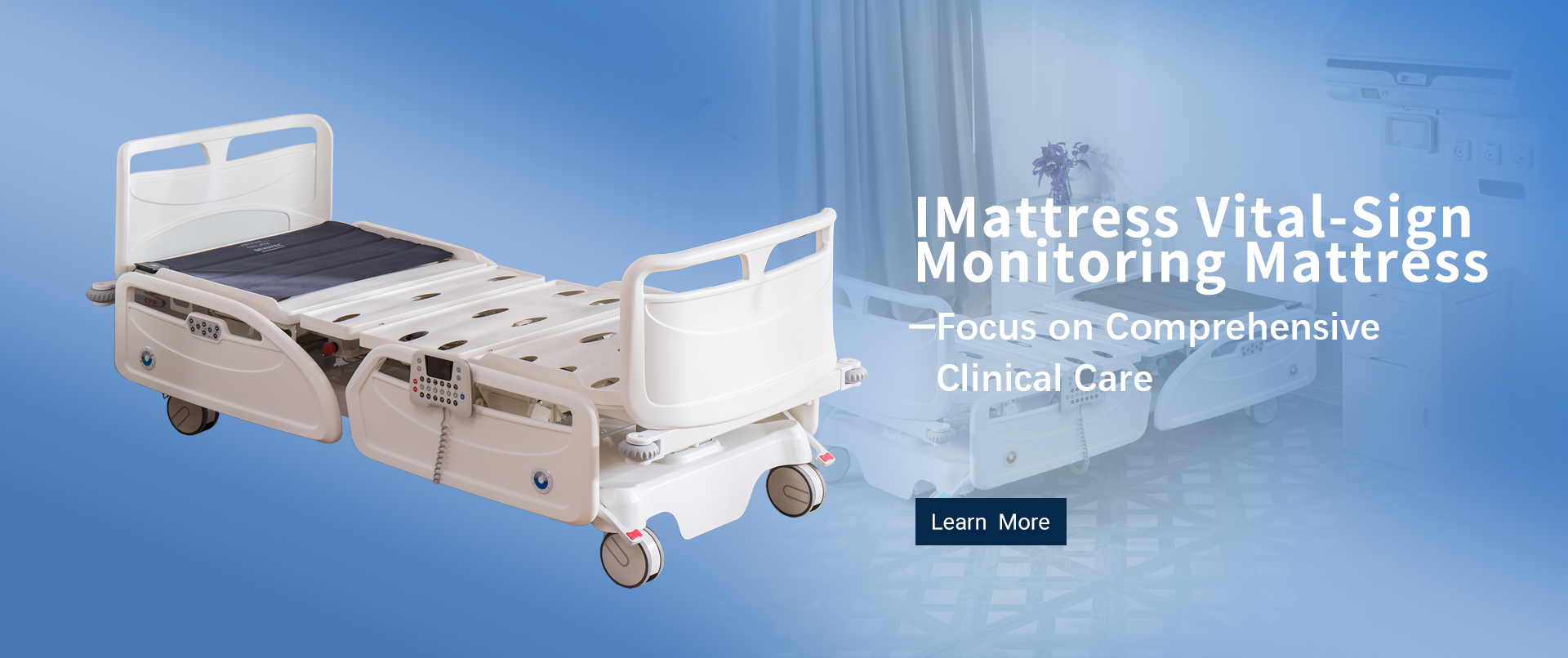
Unlocking the Essentials: A Comprehensive Guide to Modern Nursing Equipment for Healthcare Professionals
Table of Contents
- Choosing the Right Nursing Equipment: Essential Factors to Consider
- Essential Tools for Daily Patient Care: A Detailed Breakdown
- Innovative Technology in Nursing: What Every Professional Should Know
- Maintaining and Sterilizing Equipment: Best Practices for Healthcare Staff
- Budgeting for Nursing Supplies: Tips for Cost-Effective Purchasing
- Staying Updated: Continuous Education on Modern Equipment and Techniques
- FAQS
- Conclusion
- Related Posts
In today’s ever-changing healthcare world, you really can't overlook how important advanced nursing equipment has become. As medical folks juggle the many challenges of caring for patients, having access to modern tools and tech makes a huge difference in improving both the quality and speed of care. Bewatec (Zhejiang) Medical Device Co., Ltd. is really leading the charge here, pushing forward with smart medical solutions and driving the digital shift in the global medical scene. They focus on creating equipment that’s not just effective but also comfortable, safe, and tailored to individual needs. Bewatec’s all about building an innovative environment where healthcare providers are fully equipped with the right nursing gear to give their best. This guide is basically your go-to for understanding what’s needed in modern nursing equipment—helping healthcare pros work more effectively and, in the end, making patient care even better.

Choosing the Right Nursing Equipment: Essential Factors to Consider
Picking the right nursing equipment is pretty important for healthcare pros who want to give the best care possible. With tech running ahead so quickly these days, it’s really crucial to think about things like how well it works, how easy it is to use, and whether it’s comfortable for the patient. I read somewhere—MarketsandMarkets, I think—that the global market for smart medical devices is expected to hit around USD 113.8 billion by 2025. That just shows how much everyone’s pushing for smarter solutions that actually improve the patient experience.
Here at Bewatec (Zhejiang) Medical Device Co., Ltd., we totally get how important all these factors are. We’re all about supporting the digital shift happening in healthcare. Our smart devices aren’t just about safety and effectiveness—they’re also tailored to make patient care more personal. And did you know? Studies suggest that when healthcare is personalized, patient satisfaction can jump by about 30%. So, giving healthcare workers the right tools doesn’t just make their jobs easier—it helps create a more efficient, responsive environment, which in turn benefits everyone involved—whether you’re a provider or a patient.

Essential Tools for Daily Patient Care: A Detailed Breakdown
In the fast-changing world of healthcare, having the right tools on hand for daily patient care really matters. It’s what helps ensure that treatment is both effective and efficient. From simple instruments to the latest high-tech devices, these nursing essentials are the backbone of good patient care. Healthcare professionals need to get comfortable with these tools—knowing what they do and how to use them properly—so they can provide the best possible care, keep patients comfortable, and work more smoothly. Trust me, understanding these essentials can make a real difference in patient outcomes.
One thing I’d suggest is making it a habit to check your equipment regularly—things like thermometers and blood pressure cuffs. Ensuring they’re calibrated correctly not only improves the quality of care but also helps build trust with your patients—you want them to know they’re in good hands. Also, keeping your workspace neat and tools within arm’s reach makes a huge difference. When everything is organized, you can act faster during those critical moments and spend more time focusing on your patients rather than scrambling for equipment.
And don’t forget, staying up-to-date with new tech in nursing is super important. Devices like electronic health records and portable diagnostics can really boost how accurate diagnoses and treatment plans are. Regular training sessions or workshops are great for keeping your skills sharp and your knowledge fresh. After all, the better you’re at using these tools, the better your patients will be cared for.
Innovative Technology in Nursing: What Every Professional Should Know
As healthcare keeps leaning more and more on new technology, nurses really need to keep up with all the latest gadgets and tools to give the best care possible. I read in a 2021 report from the American Nurses Association that about 64% of nurses think tech is super important for improving how we take care of patients. These days, we’re seeing a lot of new stuff like electronic health records (EHRs), telehealth options, and smart medical devices — all of which make communication better and help us work more efficiently.
And it’s not just that — wearable health tech like smartwatches and remote monitoring gadgets are game-changers. One study published in the Journal of Nursing Administration found that using remote monitoring can cut hospital readmission rates by up to 30%. That’s pretty huge! It really highlights just how important it is for nurses to get familiar with these tools, so they can use them effectively. Learning how to work with these technologies not only leads to better patient outcomes but also makes our jobs more satisfying — streamlining workflows and easing some of the administrative headache. Moving forward, jumping on these new innovations is going to be key for nurses who want to thrive in the changing healthcare landscape.
Unlocking the Essentials: A Comprehensive Guide to Modern Nursing Equipment
This bar chart illustrates the usage frequency of key modern nursing equipment in healthcare facilities. Each bar represents the percentage of expected usage, highlighting the essential tools that nursing professionals rely on to deliver quality care.
Maintaining and Sterilizing Equipment: Best Practices for Healthcare Staff
Keeping nursing equipment clean and properly sterilized is super important for patient safety and making sure everything runs smoothly in healthcare. Nurses and other healthcare pros really need to be familiar with the best ways to clean and disinfect their tools—this helps prevent infections and other nasty complications. Usually, the guidelines suggest using the right cleaning agents and following rules from health authorities.
For instance, semi-critical equipment should be disinfected at a high level, while critical tools that go into sterile areas need to be sterilized. Regular training sessions are a great idea, too—keeps everyone up-to-date on the latest sterilization methods and protocols.
Oh, and don’t forget about how you store and handle the equipment. It really can make a difference in how long it lasts and how well it works. Ideally, tools should be kept in a clean, dry spot, and staff should stick to strict hygiene habits when handling them.
Using color-coded cloths or separate equipment based on how risky they are can make things run more smoothly and help prevent cross-contamination. When healthcare workers prioritize proper maintenance and sterilization, it not only boosts patient safety but also makes the workplace safer and more efficient for everyone.
Budgeting for Nursing Supplies: Tips for Cost-Effective Purchasing
When it comes to budgeting for nursing supplies, healthcare folks really need to get strategic about how they make purchases so they don’t blow the budget. It’s super important to have a good grasp of what supplies you actually need and what they cost. A good starting point is to do a thorough inventory of what’s currently in stock—spot any extras or stuff nobody’s really using. That way, you can make smarter choices, avoid buying things you don’t really need, and focus on the critical items that are vital for patient care.

Another handy tip? Build good relationships with a few different suppliers. Comparing prices, negotiating discounts for bulk buying—these can really help cut costs. Also, don’t forget about group purchasing organizations (GPOs). They often negotiate better deals for a bunch of hospitals or clinics, so it’s worth looking into. And honestly, investing in high-quality supplies might cost a bit more upfront, but they tend to last longer and save you money in the long run. Plus, thinking about sustainability—like going for reusable items when possible—not only saves cash over time but also cuts down on waste, which is a win-win for everyone.
Staying Updated: Continuous Education on Modern Equipment and Techniques
In the constantly changing world of healthcare, it’s really important for us, as nurses and healthcare pros, to stay up-to-date with the latest equipment and techniques. Honestly, keeping yourself in the know through ongoing learning not only boosts your skills but also really makes a difference in patient care. Attending workshops, taking online courses, or going to conferences can be super helpful—they’re great ways to learn about new tech stuff, like telehealth tools and the newest medical devices.
A good tip is to dedicate some time each month just for your professional growth. You might want to subscribe to newsletters from trusted nursing organizations—they’re packed with updates on new gear and best practices. Plus, working with your colleagues can be a game-changer. Consider forming a study group or setting up regular meetings to chat about the latest innovations and how to use them in real clinical situations. Not only does this build a sense of teamwork, but it also encourages trying out new techniques that make our daily work a bit easier.
And here’s a little challenge—try to test out at least one new piece of equipment each month, or participate in a simulation exercise. It’s a great way to get hands-on experience and make sure you’re ready for the demands of today’s healthcare scene.
Unlocking the Essentials: A Comprehensive Guide to Modern Nursing Equipment for Healthcare Professionals
| Equipment Type | Purpose | Key Features | Latest Innovations | Education Resources |
|---|---|---|---|---|
| Digital Thermometer | Measure body temperature | Fast reading, multiple modes | Bluetooth connectivity, smartphone integration | Online seminars, e-learning modules |
| Pulse Oximeter | Monitor blood oxygen levels | Non-invasive, color OLED display | Wireless data transmission | Continuing education courses |
| Infusion Pump | Deliver medication intravenously | Programmable settings, safety alarms | Smart pump technology, mobile apps | Workshops and hands-on training |
| Electronic Stethoscope | Auscultate heart and lung sounds | Noise cancellation, sound amplification | Digital recording and analysis features | E-resources, clinical guidelines |
| Patient Monitoring System | Continuous patient data collection | Real-time vital signs, alarm systems | Integration with telehealth platforms | Certifications and updates |
FAQS
: Choosing the right nursing equipment is crucial for healthcare professionals to provide optimal patient care, ensuring functionality, ease of use, and patient comfort.
The global smart medical devices market is projected to reach USD 113.8 billion by 2025, indicating a significant emphasis on innovative solutions in healthcare.
Research indicates that personalized healthcare can lead to a 30% increase in patient satisfaction rates.
According to a 2021 report by the American Nurses Association, 64% of nurses believe that technology plays a crucial role in improving the quality of care.
Examples of innovative technologies in nursing include electronic health records (EHR), telehealth platforms, smart medical devices, and wearable health technology.
A study indicates that remote patient monitoring can reduce hospital readmission rates by up to 30%.
Understanding new technologies improves patient outcomes, enhances job satisfaction among nurses, and streamlines their workflows, reducing administrative burdens.
Staying updated on technological advancements is key for nurses to excel in their roles and provide the best care possible in an increasingly tech-driven healthcare environment.
Conclusion
The article, titled "Unlocking the Essentials: A Comprehensive Guide to Modern Nursing Equipment for Healthcare Professionals," dives into the key things you need to know when choosing nursing gear that really makes a difference in patient care. It’s packed with insights on the must-have tools for everyday use, and it sheds light on the exciting new technologies that are changing the way nurses work. Plus, it highlights how important it is to keep equipment clean and well-maintained — after all, safety and hygiene are non-negotiable in healthcare settings.
On top of that, it gives some handy tips on budgeting, helping healthcare pros purchase supplies without sacrificing quality. Staying current with the latest equipment and techniques is super important if you want to stay ahead in the field. And speaking of staying ahead, Bewatec (Zhejiang) Medical Device Co., Ltd., a leader in specialized smart medical solutions, is right there with you. Their advanced nursing equipment supports the digital shift in healthcare, making sure that patients get safe, personalized care — it’s pretty awesome stuff.
Related Posts
-

Choosing the Right Manufacturer for Best Patient Comfort with a Comparative Analysis
-
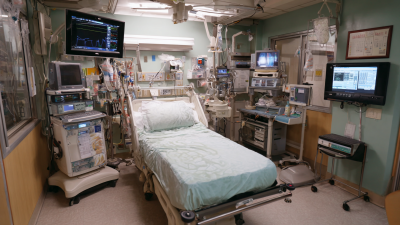
Understanding the Different Types of Hospital Medical Equipment
-

Ultimate Checklist for Choosing the Right Bed Accessories in Hospitals
-

The Ultimate Guide to Hospital Equipment Beds Understanding Features Benefits and Industry Trends
-
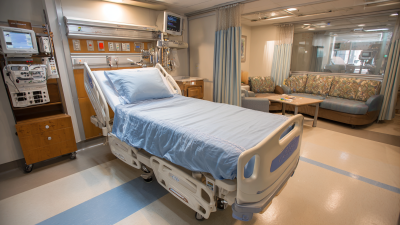
Essential Hospital Bed Equipment Checklist for Optimal Patient Care and Safety
-

12 Best Manufacturers for Hospital Beds in China You Should Know


